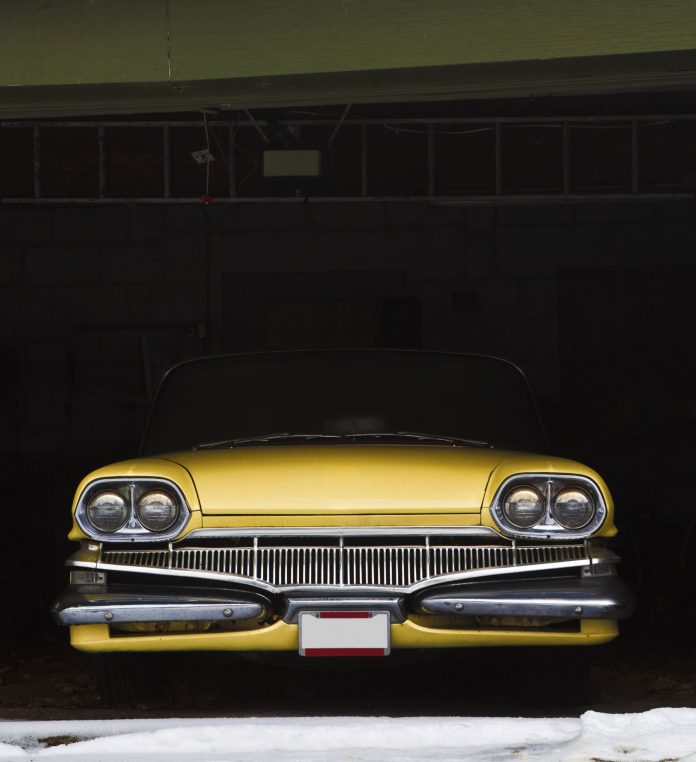Automobile storage units are not only essential during the harsh winter weather or the scorching sun and heat wave during the summer, but garage buildings also come in handy if you want to maintain your classic car in a pristine condition or maybe when you are traveling out of the country.
There are several reasons why you might want to put a car in storage, including if you own a seasonal vehicle like a motorcycle, convertible, or recreational vehicle (RV), you may need car storage during the off-season to protect it from the elements and free up space in your garage or driveway. And if you have a beloved sports car then you will want it kept in a safe and secure car storage unit in discreet location, with high security CCTV coverage.
If it’s the first time you’re getting a highly secure storage unit for your vehicle, this can be a bit tricky to find a trustworthy car storage service. But giving your vehicle time out either on a long or short term basis is bound to protect it thereby increasing its lifespan.
Prior preparations need to be done on the vehicle before it can be placed in a storage unit; otherwise, it would compromise its long term integrity.
5 Tips for Long-Term and Seasonal Car Storage
-
Have the tank filled up and also insist on a change of oil
Make sure that only quality fuel is poured into the fuel tank and include a fuel stabilizer as instructed by vehicle’s manufacturer. Filling up the tank would ensure that there is no instance where moisture would gather. Accumulation of moisture in the vehicle’s tank can cause rust which over a long period could corrode it.
A fuel stabilizer makes sure that gasoline poured into the tank doesn’t thicken and harden. After the fuel stabilizer is added into the tank, drive or have the car driven around so that the stabilizer can find its way through the vehicle’s system. Afterward, take the car into the car storage unit and remember to top up the fuel that was used up.
The same should be done with the oil in the engine. Changing the vehicle’s oil will ensure that rust does not form. After the oil change, the vehicle should be driven around so that the oil can work its way into the engine lubricating all of its components.
Don’t forget to take the spark plugs from the engine and store them separately to prevent unwarranted driving of your vehicle when you are away. The cylinders should be well lubricated to prevent rust from forming around them.
-
Prep the car in detail
This calls for a thorough cleaning and waxing of the car ensuring that no dust is left on the vehicle’s exterior as it would ruin the paint. The interior should be clean from any dust and any food crumbs to prevent pests from finding a new home or even a building up of a foul odour from the decomposing food crumbs. After all the interior and exterior cleaning is done, give the exterior a waxed protective layer. Apart from the washing and waxing, the following could also be done to supplement the two:
- To absorb odours, have baking soda placed in small boxes in the car to absorb this.
- Tie a string on a small ball of steel wool then push it into the vehicle’s exhaust pipe to prevent pests from going in.
- The wheels should be clean from any debris and then covered up.
- Finally, get a perforated vehicle cover which unlike a plastic cover will prevent moisture from gathering on the vehicle causing rust.
-
Inflate the tires
Have the tires inflated as per the instructed PSI. Jack the car up to relieve pressure from the vehicle’s suspensions.
Relieving pressure from the tires would ensure that during the duration of the storage, the tires don’t flatten out.
If the storage facility doesn’t have a concrete floor, a plank of wood can be placed beneath them to prevent rot and the possibility of flat spots.
-
Check the car battery and other vehicle fluids
It is advisable to completely remove the battery from the vehicle and keep it in a charging system which will make sure that it is functional and ready when the car needs to be started in the storage unit. If both the terminal of the battery and the cable are corroded, they should be cleaned using baking soda. The battery should be placed on the ground to avoid discharge.
Check the levels of other engine fluids, such as break and transmission fluid which should be topped up if they have run low. Also, check on the vehicle’s air filter and replace with a new one if the older one had taken up a lot of dust. A clean air filter ensures that the engine takes in clean air which is free dust and other particles.
-
Settle for a convenient storage unit
When looking for the perfect vehicle storage space, you should consider the room’s lighting; it should not have sunlight sipping in the building or ventilation so that no dust particles or moisture will find their way in messing up the paint and forming rust. It would be expensive at the end compromising all of the above to go for an inexpensive storage facility. After you have settled for the perfect storage unit, ensure that:
- All of the doors and windows of the car are all locked.
- Documents stored in the car such as the vehicle’s insurance and registration should be stored in a safer place away from the storage facility.
- Take off the windshield wipers and any others not necessarily on the windscreen to avoid them from sticking on the window.
During the duration when the car is in storage, you can be checking up and starting the vehicle to get the oil running through the system again. After you are done, return everything as it was initially.






































